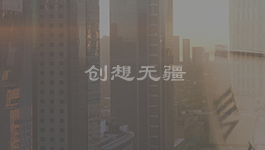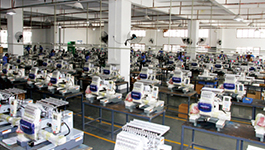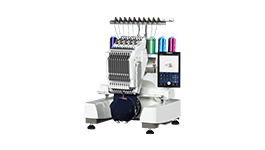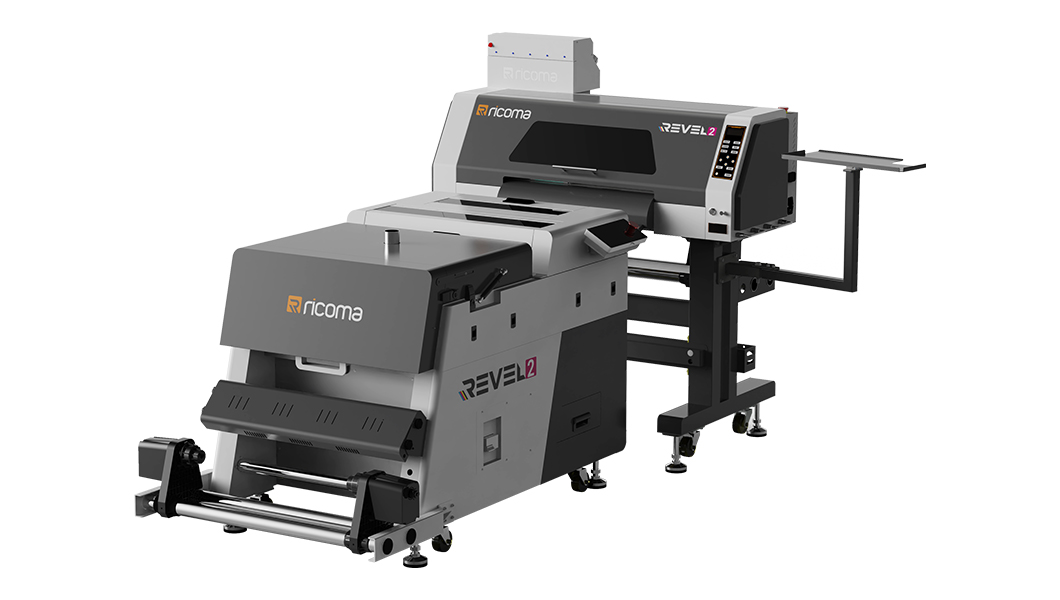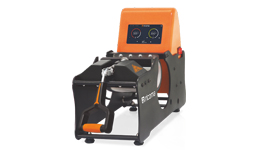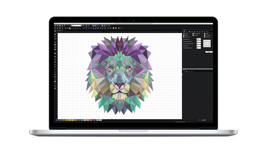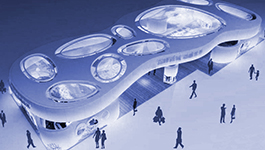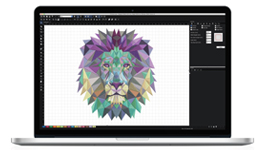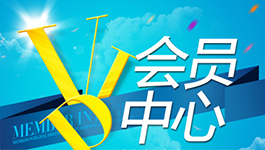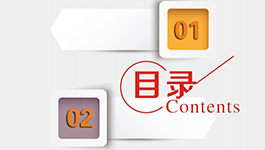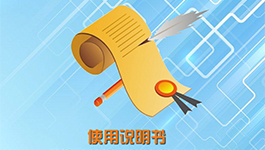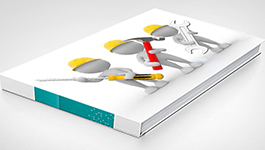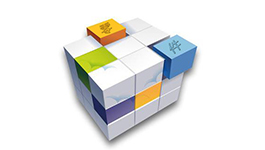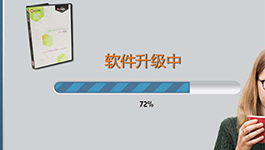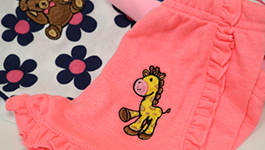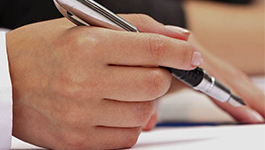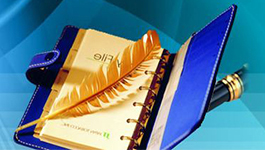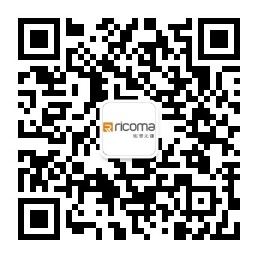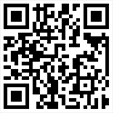
What Size Needle Do I Need for Embroidery?
Date:2024-06-21 Browse:4111

Embroidery would be nothing without the perfect needle. But there is a lot to choose from! How do you know which size needle you need for embroidery?
What Size Needle for Embroidery?: Understanding Needle Sizes

Different Types of Embroidery Needles
When choosing what size needle for embroidery, understanding the numbering system is key. The needle sizes are identified by numbers, with lower numbers indicating larger needles and higher numbers indicating finer needles.
For example, a size 1 needle is much larger and thicker compared to a size 12 needle, which is fine and delicate.
The size of the needle you choose can greatly affect your stitching. Larger needles bigger holes in the fabric, making them ideal for thicker threads and heavier fabrics. These needles can make stitching easier by allowing the thread to pass through the fabric more smoothly. On the other hand, smaller needles are perfect for finer details and more delicate fabrics. They smaller holes, which help in achieving precise and intricate designs.
When choosing what size needle for embroidery, the right needle size is crucial to prevent fabric damage and ensure smooth stitching. If the needle is too large for the fabric, it can cause unnecessary wear and tear, making the fabric look rough. Conversely, a needle that is too small might struggle to pull the thread through the fabric, leading to frustrating snags and uneven stitches. To achieve the best results, it’s important to match the needle size to both the thread thickness and the fabric type you’re using.
Different Types of Embroidery Needles

Sharp (Universal) Needles
When choosing what size needle for embroidery sharp needles, also known as universal needles, are incredibly versatile and suitable for a wide range of fabrics and embroidery techniques.
Because of their adaptability, sharp needles are commonly used for various sewing and embroidery tasks, making them a staple in any embroiderer’s toolkit.
Ballpoint Needles
Ballpoint needles are specifically designed for knit and stretch fabrics. Unlike sharp needles, ballpoint needles have a rounded tip that slides between the fibers of the fabric rather than piercing through them. This unique design helps to prevent fabric runs and snags, ensuring a smooth and clean finish on stretchy materials.
Ballpoint needles are ideal for use with fabrics like jersey, interlock, and other stretchy fabrics, making them essential for projects that involve knitwear or other elastic materials.
Embroidery Needles
Crewel Needles
These needles are especially well-suited for medium to heavy fabrics, allowing embroiderers to work on a range of materials with ease.
Tapestry Needles
Tapestry needles are distinguished by their blunt tips, making them ideal for counted thread embroidery techniques such as cross-stitch and needlepoint.
Milliner Needles
Their uniform shape provides flexibility and ease of use, allowing for intricate designs and smooth stitching.
Chenille Needles
Chenille needles are quite similar to tapestry needles but come with a sharp point. This sharp tip makes them ideal for crewel work and ribbon embroidery, where precision and the ability to pierce through fabric are crucial.
Many use chenille needles with with heavier fabrics and thicker threads, providing the strength and durability needed to handle these materials without causing damage.
Choosing the Right Needle Size

Think About Fabric Type
So what is the best size needle for embroidery? When deciding what size needle is best for your project, it’s crucial to consider the type of fabric you will be working with. Different fabrics have different weights and weaves, which influence the choice of needle size.
For instance, lighter fabrics such as cotton or silk require finer needles to prevent the material from puckering or tearing. A size 10 or 12 needle is often a good choice for these delicate fabrics.
It is essential to consider what size needle for embroidery floss is correct for your fabric to avoid damage and ensure smooth stitching. Using a needle that is too large for a lightweight fabric can unsightly holes, while a needle that is too small for a heavy fabric can lead to frustration and broken needles.
Evaluate Thread Weight
To ensure the best results, always test your thread and needle combinations on a scrap piece of fabric before starting your main project. This practice allows you to see how the thread and needle interact with the fabric, ensuring smooth stitching and preventing potential issues like puckering or thread breakage.
Match Needle Size to Thread Type

Different types of threads have unique characteristics that require specific needle sizes. For instance, metallic threads are delicate and prone to breaking, so they need needles with larger eyes, like a metallic needle size 90/14, to reduce friction and ensure smooth stitching.
Cotton threads, being less slippery, work well with a universal needle size 80/12. Polyester threads, which are strong and flexible, typically require a needle size 75/11 or 80/12, depending on their thickness.
Consider Stitch Density
When planning your embroidery project, it’s important to think about stitch density. Densely stitched designs often benefit from using finer needles. These finer needles help to prevent fabric damage and allow for more detailed work.
If you’re working on a piece with intricate details and close stitches, such as fine satin stitches or delicate outlines, a smaller needle, like a size 10, would be ideal. This size ensures that the needle can navigate the tight stitches without causing holes or snags in the fabric.
On the other hand, for less dense designs, you can use larger needles. Larger needles more pronounced stitches and are easier to thread, making them perfect for simpler, more spaced-out embroidery techniques.
For instance, a size 7 or 8 needle works well for basic running stitches or larger chain stitches, where the emphasis is on the stitch’s visibility rather than intricate detail.
Refer to a Needle Size Chart
A needle size chart is an invaluable tool for any embroiderer. It helps you match needle sizes with thread types and fabric weights, ensuring the best results for your projects.
Needle size charts typically include a range of needle sizes along with their recommended uses, making it easy to choose the right needle for your thread and fabric.
Make Your Embroidery Stand Out with Ricoma!
Elevate your embroidery projects with Ricoma, the trusted name in high-quality embroidery machines and tools. Our SWIFT embroidery machine is perfect for both beginners and experts, offering reliability and precision.




